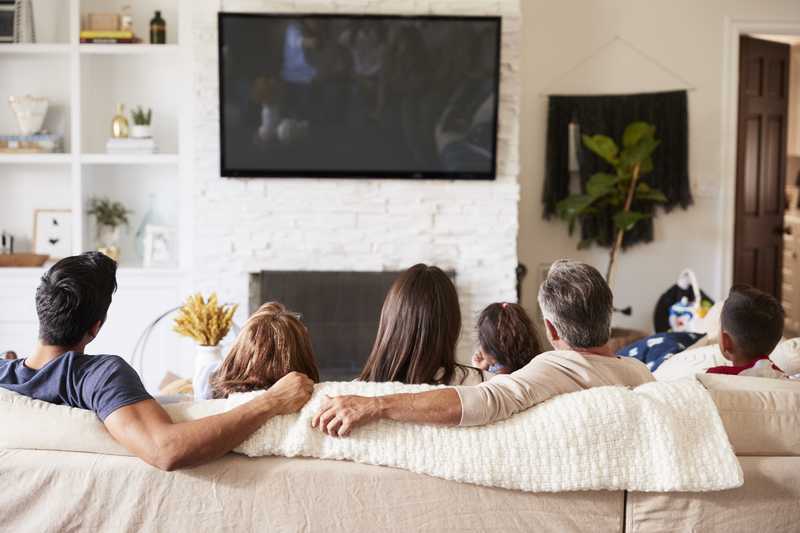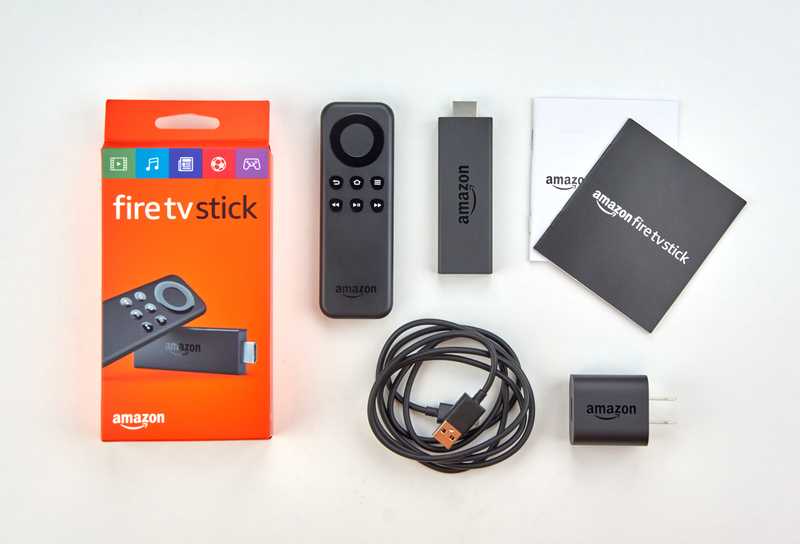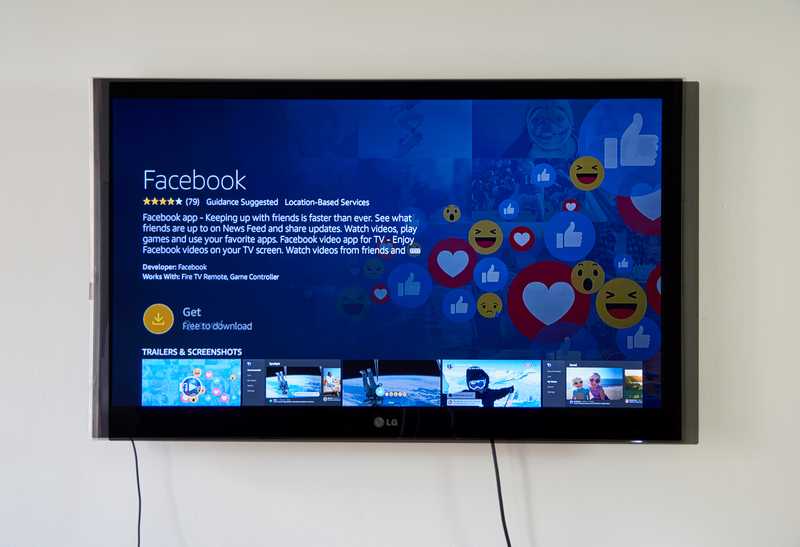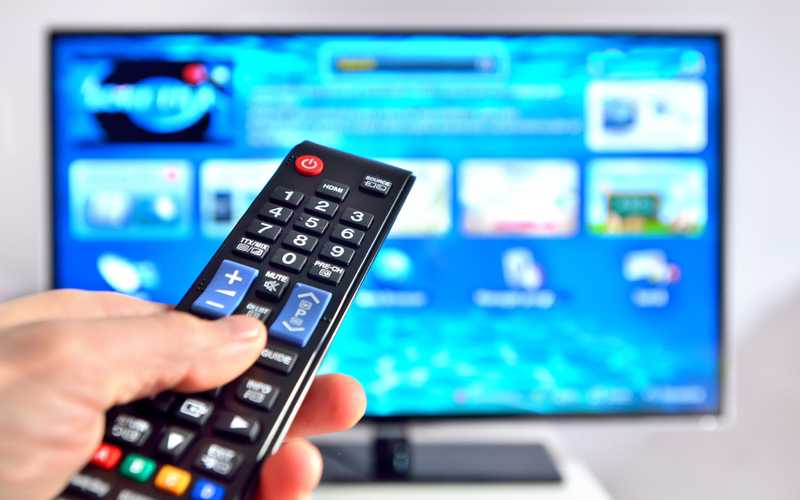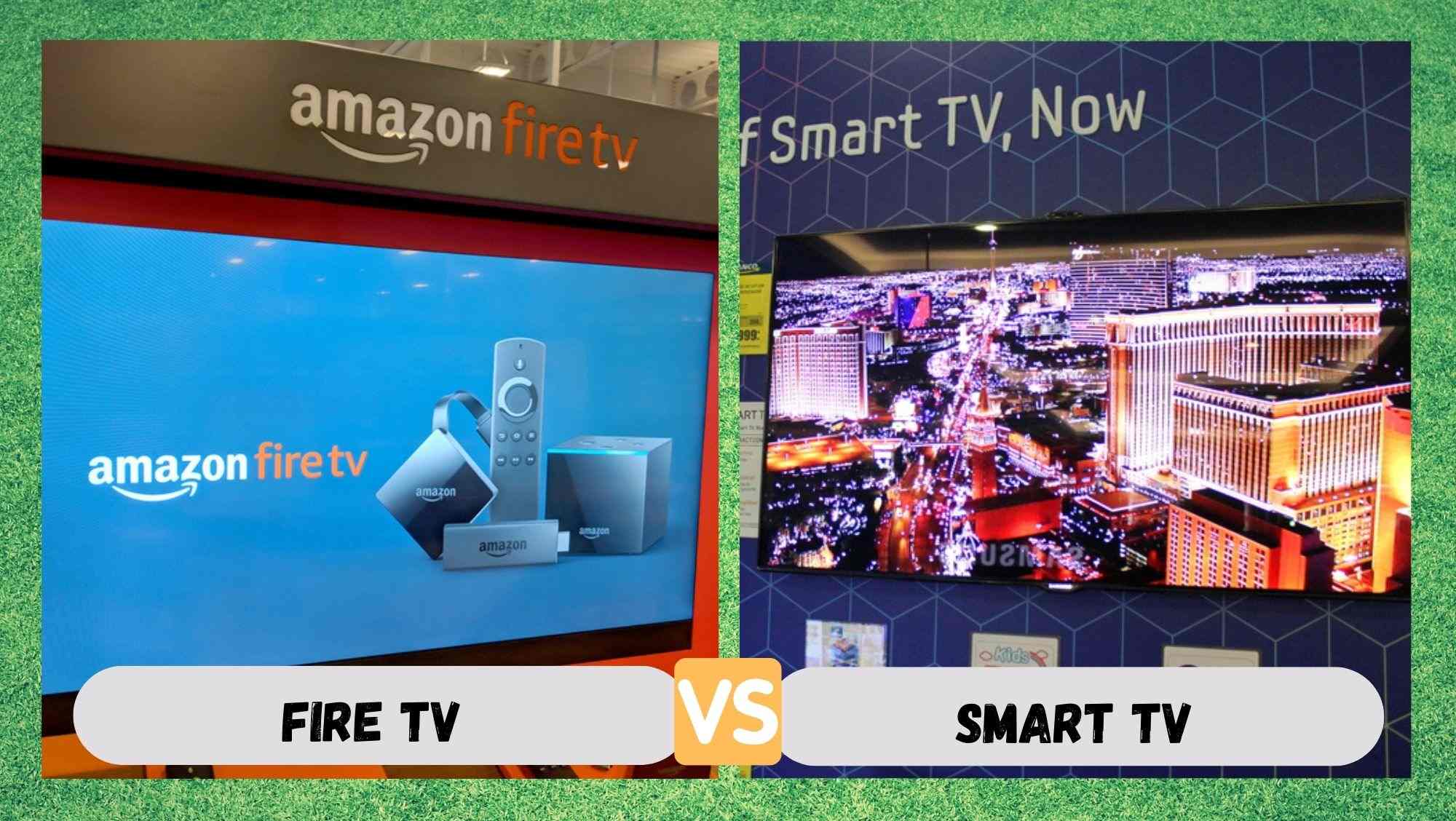
No one can deny TV sets have evolved throughout the years, especially since almost everyone in the world now owns at least one. Through the 1.6 billion TV sets spread around the world, spectators laugh and cry with all kinds of shows in over 1.42 billion households.
In the U.S. alone, there are more than 275 million TV sets, with 99% of homes in the national territory owning at least one and other 66% having at least three.
As these two thirds of the homes in the United States own at least three TV sets, more than half pay for cable and, usually, the average American family watches eight hours of TV content every day. All that fun amounts to 4% of the electricity bill in homes throughout the country.
When Paul Nipkow managed to achieve, in 1884, static black and white television transmission with his famous “Electric Telescope”, he had no idea how much money and time would be put into making it more compact and efficient.
Starting by the name, which was coined in 1900 by a Russian scientist called Constantin Perskyi, through the shapes and sizes that are reducing in size and becoming more aesthetic by the day, right through to the picture quality.
Historically, television stations started broadcasting as of 1928, and BBC, for one, only began transmitting content in 1930. But the device only became widely popular after the end of World War II.
It didn’t take the first satellite to be launched, in 1960, for the television to be a huge success, as in 1948 over 1 million homes in the U.S. already had a TV set. From the moon landing in 1969, which over 600 million people watched on their TV screens, to the current day, even advertisement methods have changed.
In 1941, 20 seconds of prime-time air cost only US$9, in opposition to the current US$2.7 million for the 30-seconds break in a Super Bowl half-time.
As per the quality of the image, the first TV sets had picture capabilities of 200-400 lines of resolution, which is deemed ridiculous if compared to the 3840 x 2160 pixels of any 4K UHDTV nowadays.
When Did TVs Become So Smart?
We all know TVs were not always that smart. Great grandma’s 80 pound cathode ray tube TV from the 1920’s is, or probably was, a great example. What people do not seem to know for sure is when the first Smart TV was released.
Most people credit HP’s Mediasmart TV, launched in 2007, as the first ever, even though Fast France Advanced Systems was granted the patent for the name earlier, in 1994. But what makes a TV Smart?
That one is more unanimous, as almost everyone agrees that a Smart TV is the combination of a television and a computer with integrated internet in the Wi-Fi form and web features.
Another criterium that adds to the main one is the type of functions a Smart TV has, which are viewing content from different sources, or apps, browsing the internet, streaming videos and music, and even some more features.
As internet connections speed up and get more stable, streaming services such as Netflix and Hulu gain space in the market, which was an unconceivable feature back in the day when internet belonged only to desktops.
Nowadays, apart from the picture quality and the design, most manufacturers employ their best efforts in designing the perfect OS, or Operational System.
In case you are not aware of tech lingo, Windows is a type of OS, and it consist of a set of software that manages computer hardware resources and provide common services for computer programs. But who has the top OS in the market nowadays?
Fire TV vs Smart TV: What’s The Difference?
As for the comparison, the table below shows the features of a Samsung Neo QLED and the ones of a Fire TV from the same year
| Feature | Amazon Fire TV | Android Smart TV |
| Audio quality | Excellent | Excellent |
| Resolution | 4K UltraHD | 4K UltraHD |
| Compatibility | Alexa, Fire Cube, Firestick | Pretty much any other Android based device |
| Operational System | Fire OS | Android based OS |
| Internet connectivity | Outstanding | Outstanding |
| Remote Control | Hands-free with Alexa | Physical remote control |
| Number of Apps in the Store | Enormous | Almost infinite |
| Design | Modern | Modern |
What About The Fire TV?
First of all, Fire TV is a television line designed by the retail giant Amazon, and they are also considered Smart TVs. That is to say, although we are comparing Fire TVs with Smart TVs, what is really going on is that the comparison is between Fire TVs and all other current Smart TVs.
For sure, the Fire TV offers one of the best and most stable options in the market nowadays especially if compared with a Fire TV Cube.
This new device, also designed by Amazon, is an external box that can be connected to any compatible screen through an HDMI cable and delivers a hands-free streaming experience in 4K UltraHD definition.
Therefore, the Fire TV Cube is much more than a simple gadget with an embedded chip and microprocessors.
Another way users turn their TV sets into Smart ones is by attaching an Amazon’s Firestick to the HDMI port. The device allows the streaming of videos and songs, installs apps and much more on your TV set, making it as close to a Smart one as it can get.
Also, it comes with Fire OS, which enhances the functionalities of most TV sets and is an Alexa compatible device, which means a hands-free experience. All the Firestick asks of you is a fairly quick and stable internet connection to stream all the content you can get from a number of possible sources.
Fire TV also allows users to download apps through the Amazon store, which supplies an almost infinite amount of content for every kind of user demand.
From Facebook and Messenger apps to Shopee and Shein, users enjoy the easiness of downloading and using apps on their outstanding Amazon Fire TVs.
If you are the type of person who gets used to using the same brand for different services, you will be a happy customer of Amazon should you get a Fire TV, the Cube, and Alexa. That combo can satisfy even the hardest-to-please customers.
What About The Smart TV?
Even though a lot of people only consider a Smart TV as those who run an Android based operational system, this is a common misconception. As it goes, the definition of a Smart TV is closer to being that of a TV that has Wi-Fi, ethernet connectivity, and can download and run apps.
This confirms that TVs with other operational systems, such as the Fire TV, can also be considered Smart ones. As we develop the list of features for each side of the comparison, we get closer and closer to the OS differences. And that is normally where different Smart TVs are set apart.
While an Amazon Fire TV delivers an enormous range of downloadable apps, some Smart TV operational systems do not offer more than a few. That is where an Android based OS makes a difference.
Most operational systems are more limited and do not offer a wide range of features. Neither do they deliver compatibility options that allow third-party apps to run on their systems.
As it goes, Android has been around longer than the Fire OS and most of the other Smart TV operational systems, which means more apps were designed based on that OS architecture. Thus, Android based OSs having a larger catalogue of available apps and, most likely, better quality as well.
Basically, the longer the app is around, the higher the chances are that updates come around to enhance its performance and compatibility. The same might be said for hardware, as more devices were created to work with Android based Smart TVs.
All in all, the basic features of a Fire TV and of a Smart TV tend to match evenly, at least for most of them. Internet capability, quality of image and sound, design and energy consumption are not criteria that could set apart a Fire from a Smart TV in any real sense.
The operational system, on the other hand, is a great factor to differentiate the two, as Android OS delivers a higher number of compatible apps and devices than the Fire OS.
So, if you are not particularly looking for a whole house connectivity experience, or if you do not need an Alexa in your life, Android based OS Smart TVs should be the best option for you.
On a final note, should you come across other criteria that could aid your fellow readers to make up their minds , make sure to let us know in the comments section.

